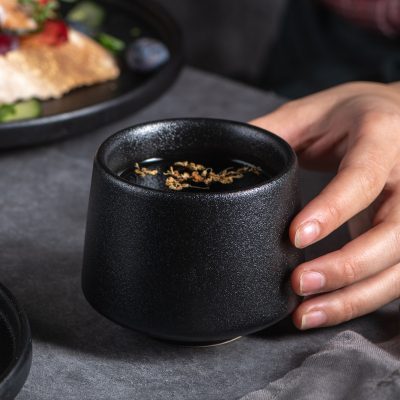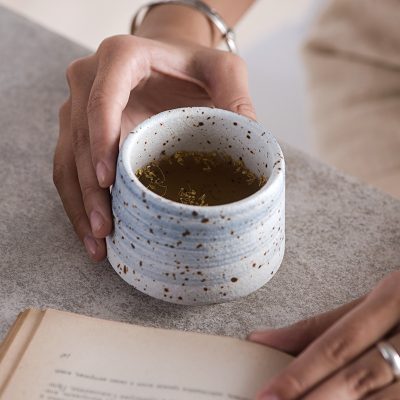According to the color of the pottery, the archaeologists of cultural relics divide the pottery into the series of red pottery, gray pottery, painted pottery, white pottery, painted pottery, black pottery and glazed pottery.
Red pottery is the most common pottery in primitive society, and its color is like red brick. This is when the kiln is being fired, the gas is fully supplied to form an oxidizing atmosphere, so that the iron in the clay is converted into trivalent iron, and it appears red.
Gray pottery means that the pottery is gray or gray-black. This is in the later stage of the kiln, when the fire is controlled to form a reducing atmosphere. Due to the lack of oxygen in the kiln, the iron oxides in the clay are converted to divalent iron, and the pottery becomes gray or black. Grey pottery is the most common and is generally rough.
Painted pottery is painted on the pottery before the pottery enters the kiln. After firing, it has ochre, black, and white colors. An example is the human-face fish-pattern basin at the Banpo site in Xi’an.
White pottery, that is, white pottery, was only found in the late Neolithic period, mainly because the content of iron oxide in pottery clay was low, and it appeared white after excluding the interference of some pigments.
Painted pottery is also colored. The difference between painted pottery and colored pottery is that the pottery is colored after firing. Since the color has not been fired, it is not firmly bonded to the green body, and it is easy to fall off. The Terracotta Warriors and Horses of the Qin Dynasty unearthed in Xi’an belong to painted pottery.
Black pottery refers to the bright and dark pottery, which is mainly seen in the matriarchal social stage. This is to smoke the fog with thick smoke in the later stage of roasting, so that the carbon particles in the smoke can infiltrate and fill the voids of the pottery, so that it can appear black. Some black pottery products have walls as thin as eggshells, which are called “egg shell pottery” and are very precious. Glazed pottery refers to pottery with a layer of lime glaze on the surface of the pottery. The main components of the glaze are silicon oxide, aluminum oxide, calcium oxide, sodium oxide, etc. It can be prepared by adding lime and clay, and it will be in a glassy state after being sintered. If some metal oxides such as copper oxide, cobalt oxide, etc. are added to the glaze, green and blue colors will appear after firing. The common Tang Sancai is glazed pottery.







